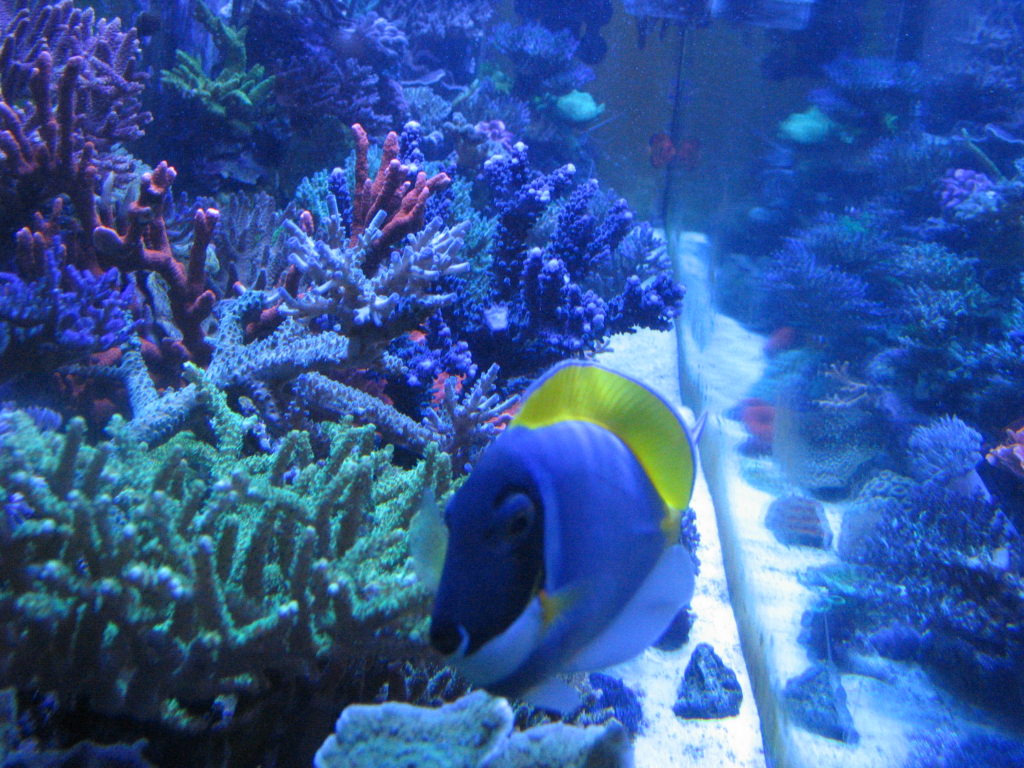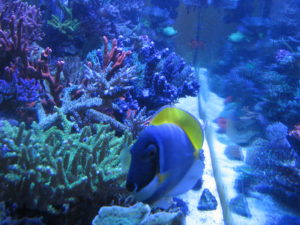OK, so over the course of the blog to date, I have attempted to outline some of the foundation principles that led to the development of Integrative Mindful Exposure. So this model incorporates knowledge from behavioral conditioning models such as “two-factor fear theory”, attachment theory, Eastern mindfulness, and neuroscience (which has not as yet been discussed) to provide an understanding of how symptoms and suffering are generated, and to provide a model to guide treatment.
The guiding premise is that suffering and many symptoms arise from our attempts to avoid or otherwise control unpleasant emotional experiences such as fear, anger and shame. So, in the case of fear,we tend to avoid that which elicits fear. So if we are afraid of negative social evaluation and judgment we might refrain from many social settings and situations, avoid public speaking and so on. We might drink or take drugs to escape from uncomfortable anxiety feelings associated with social settings/events. We may procrastinate on school or work assignments to avoid exposure to difficult tasks and the associated emotional discomfort. We might lose ourselves in video games, television, and myriad other forms of self distractions to facilitate avoidance of feared or unpleasant feelings and experiences. These endeavors in turn serve to conserve fear since that which is not faced will not spontaneously diminish over time. It is until and unless we face our fears and the environmental and cognitive cues that give rise to fear and anxiety, we will remain stuck in our control wars.
So, hopefully we can now see that fear or anxiety per se is not the problem, but rather our endeavors to avoid and control the experience of fear. Through a variety of mechanisms including cultural taboos and our personal conditioning histories described in the book, we have learned that the so called “dark” emotions are “dangerous”, “weak”, “overwhelming” and therefore in need of subjugation and control. In fact, nothing can be further from the truth. Such emotions have important and evolutionarily adaptive functions. They contain critical informational and motivational value. Thus, by avoiding difficult emotions, we unduly constrain the pallette of colors with which we paint our lives.
Behavioral psychology and eastern mindfulness hold the keys to helping us to embrace our avoided emotions. Both approaches encourage us to directly face our difficult and avoided emotions.
In the next blog, I will present a technique that I have developed which combines critical elements of mindfulness and behavioral exposure and thus is the keystone element of Integrative Mindful Exposure.
_______________________________________________________________________________________
By the way you will notice that from time to time I am posting pictures of tropical saltwater fish and corals. The photos were all taken from my (former) 125 gallon saltwater reef display. I include these as a little sidebar to show the beauty of the worlds saltwater reefs which are being tragically threatened by a variety of man made sources.






